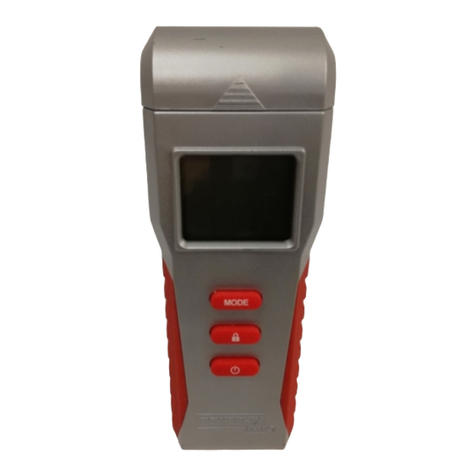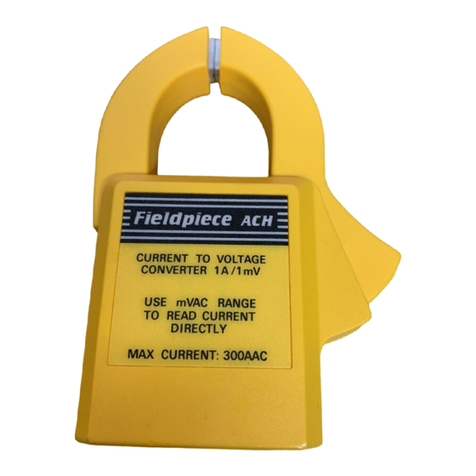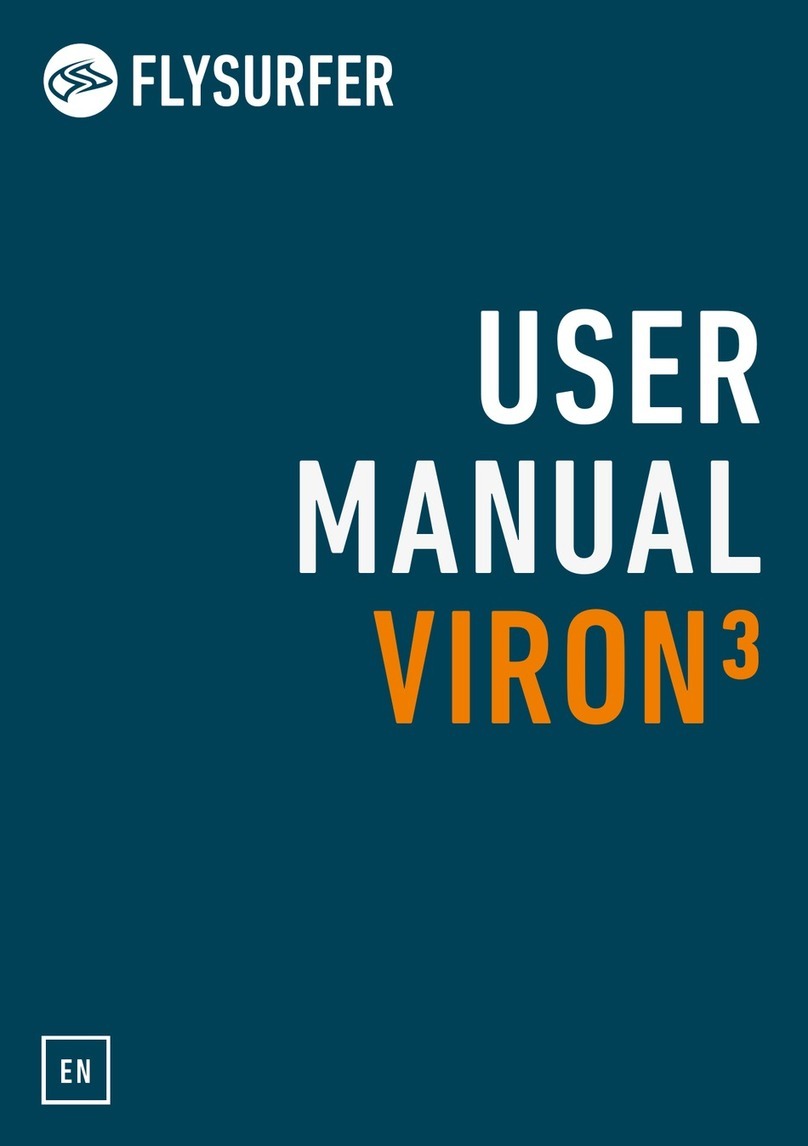Operating manual for the TG basic 1 appliance tester
Gilgen, Müller & Weigert
Table of contents Page
1. Safety information 3
2. Introduction 4
3. Safety instructions 5
4. Appropriate usage 6
5. Operating elements 7
6. Starting up 8
6.1. Initial equipping or battery replacement 8
6.2. Switching the tester on and off
Selecting the measuring sequences, options 8
7. Explanation of terminology 13
7.1. Protection class I (PC I) 13
7.2. Protection class II (PC II) 13
7.3. Protection class III (PC III) 13
7.4. Protective conductor resistance (RPE)13
7.5. Insulation resistance (RISO)13
7.6. Substitute leakage current (IEA)14
7.7. Visual inspection 14
8. Conducting tests in accordance with
DIN VDE 0701-0702; Definition of standards 15
8.1. Visual inspection 15
8.2. Measuring the protective conductor resistance 15
8.3. Measuring the insulation resistance 15
8.4. Measuring the substitute leakage current
for devices of protection class I 16
8.5. Measuring the substitute leakage current for devices
of protection class II 17
8.6. Inspecting the inscriptions 17
9. Test procedures 18
9.1. Testing devices of protection class I 18
9.1.1. Measuring the protective conductor resistance 18
9.1.2. Measuring the insulation resistance 20
9.1.3. Measuring the substitute leakage current 21
9.1.4. Test assessment 21
9.2. Testing devices of protection class II 22
9.2.1. Measuring the insulation resistance 22
9.2.2. Measuring the substitute leakage current 22
9.2.3. Test assessment 23
9.3. Cable test 23
9.3.1. Protective conductor resistance 24
9.3.2. Insulation resistance 24
9.3.3. Cable test 24
9.4. Measuring the voltage at an external earthed
mains socket 26
10. Checking the battery voltage 27
11. Technical data 27
12. Notes on cleaning 28
13. Calibrating the tester 28
14. Manufacturer’s guarantee conditions 30































